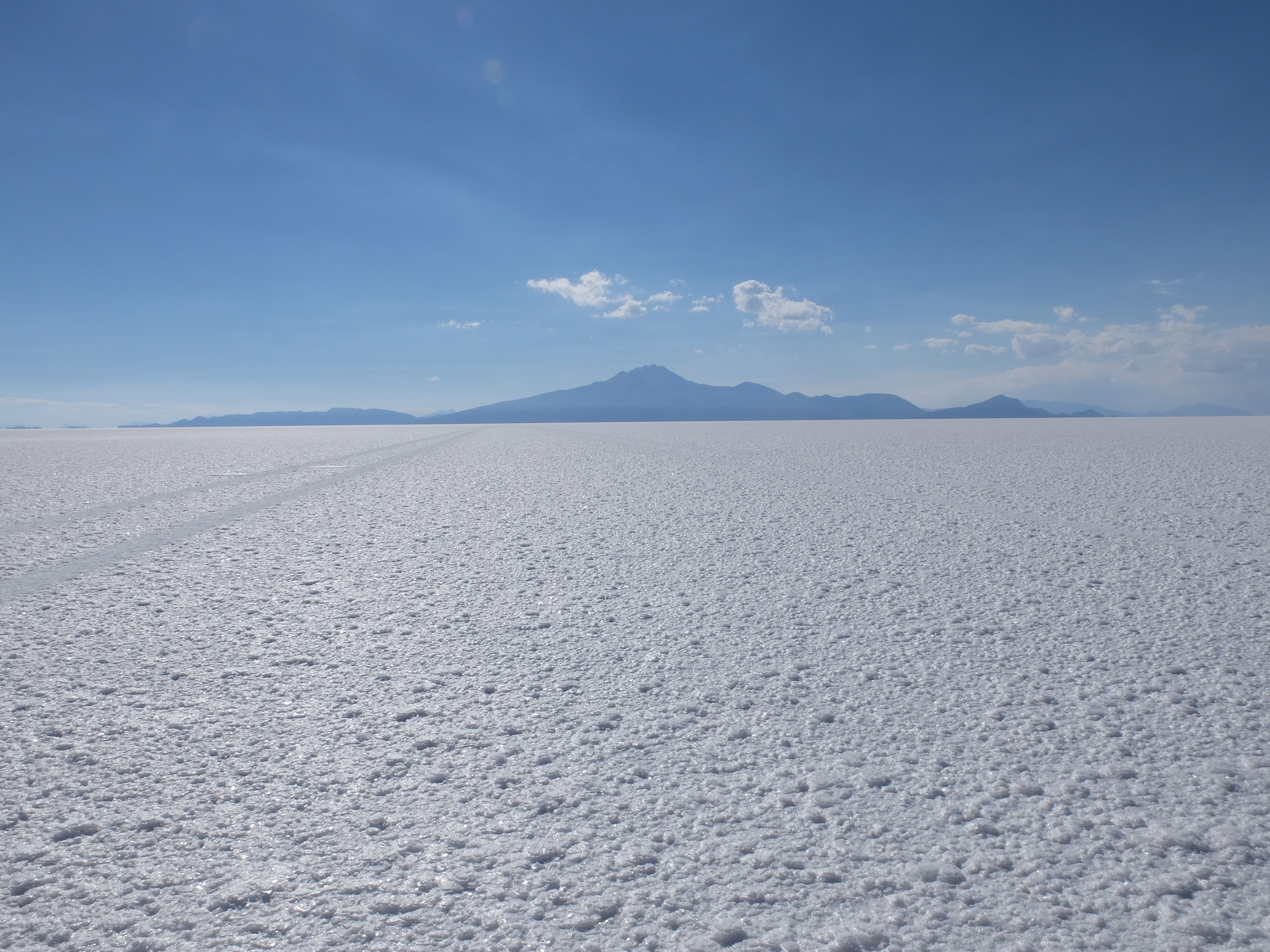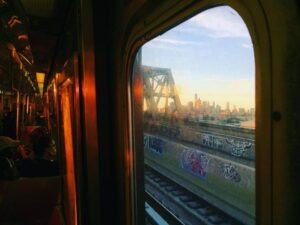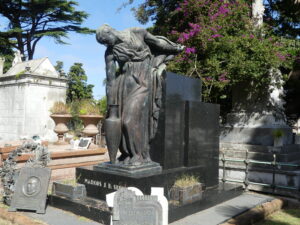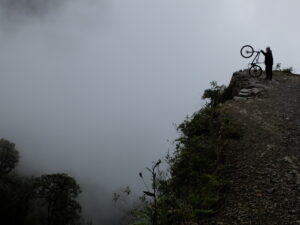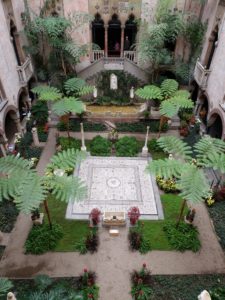
Think of the Uyuni salt flats (El salar de Uyuni) as a completely frozen lake, eye-piercingly white in the fierce sun and chill air here at around 3600 meters (12,000 feet) altitude. At nearly 11,000 square kilometers in size (4000 sq miles), it’s the largest salt flat in the world – 100 times the size of the well-known Bonneville salt flats in the US.
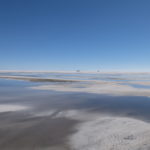
As with ice, nothing – absolutely nothing – lives here except on the shore and the islands rising from its relentless white surface. In the mirage-inducing glare of the day, the islands seem to float over the salt, even more so during the rainy season when the surface turns to a mirroring sheen. On them, some cactus and other plants thrive, as well as birds.
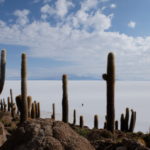
The only other life on the flats consists of tourists, who criss-cross the flats in four-wheel drive vans that etch treadmarks in the softer salt surfaces. In the morning, at the well-tramped Incahuasi Island, they gather in plenty, eager to watch the dawn glow of sun and salt across this forbidding region.
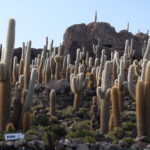
Those island surprised us, but also reminded us that the flats are the remains of a salt water lake once connected to the Pacific Ocean. The lake was isolated when the Andes pushed up tens of thousands of years ago and then dried up in the piercing sun. We found a further reminder of that pre-historic ocean in the petrified underwater coral covering large parts of the islands and the bordering volcanoes.
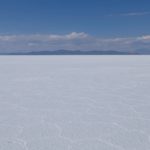
Otherwise the whole extent of the salt flats are, yes, flat – water and ice flat – with at most a 1 meter altitude difference overall, a perfect plane to calibrate satellite altimeters. It’s flat, but not smooth.
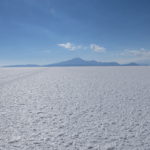
Rather, the surface is granular and crunchy, at times a gleaming pan full of frozen popcorn balls, at times a patchwork of slightly ridged white hexagonal shapes.
The surface crust is relatively thin, just a few decimeters to at most several meters. Below, slurps a soupy brine of various minerals including salt, constantly replenished by the mineral rich springs flowing down from the surrounding volcanoes.

So the van drivers stick mainly to vaguely marked lanes or customary routes, for they can easily get stuck in the saline mud where the crust thins out. A couple caked in the brine checked into our hotel one night after working for hours to release the van they were driving from the otherwise lovely, mirror-like shoreline fringe of brine and water at the end of the rainy season.
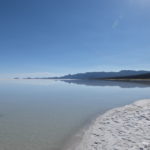
The minerals in that brine pollute the vast amounts of salt that locals could harvest, making it too expensive for commercial operations. And, if it’s too wet or too dry, the salt becomes too difficult to extract. But such valuable minerals as lithium – the stuff in your batteries -should be a different story when the government gets its act together. The salar contains over half the world’s known lithium amid the sodium chloride.

The largest town here, Uyuni, as well as small villages like Colchany on the very edge of the flats, cater more and more to those four-wheeling tourists attracted to this amazing sight. Or they subsist on agriculture and llama breeding below the volcanoes. Or they earn money in the cottage industry of gathering and packing salt, partly for consumption in Bolivia and partly in knickknacks formed from the stuff as souvenirs and specialty items.

At least building supplies are cheap. Instead of wood or concrete, village homes consist of grainy blocks of tightly compressed salt about the size of a cement block, and just as strong it seems, sliced precisely out of the thicker parts of the crust. Out back a glistening mound of normal salt typically awaits packaging for the visitors.
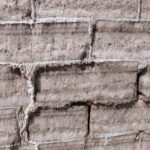
Recognizing how odd and intriguing these blocks were to outsiders, a few hotel builders nearby constructed their inns almost completely out of these salt blocks. One even spreads layers of crunchy salt over its entryway floors and hallways, but fortunately not in the rooms.
The gritty stuff leaves a white mess everywhere you walk.
To read part 2, about the life around the flats and the lively Alvaroa desert, click here.
(Also, for more pictures from Bolivia, CLICK HERE to view the slideshow at the end of the itinerary page.)


